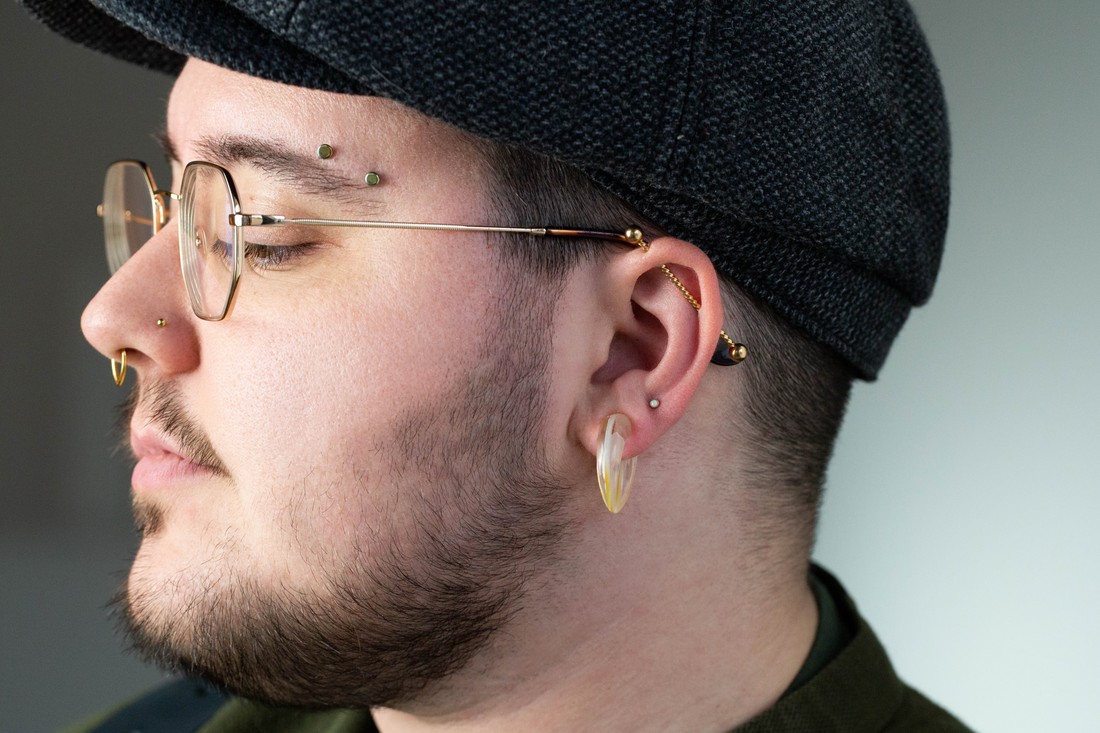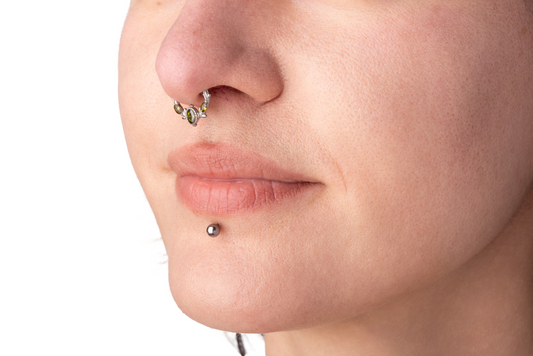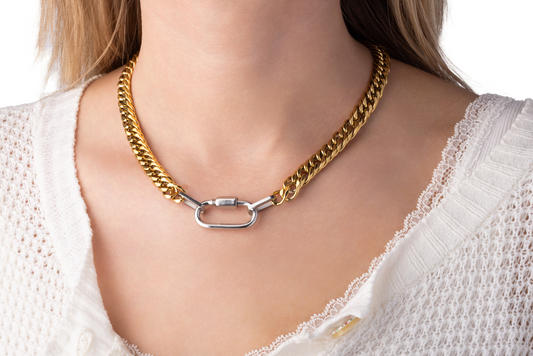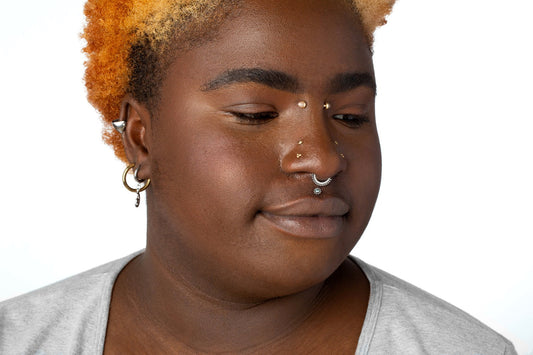Earlobe stretching has been a popular form of body modification for centuries. While there are several techniques to stretch your ears, one of the most common and effective methods is known as "dead stretching." This is a natural and passive way to stretch that allows for your ears to loosen on their own without the need for tools. Let's explore how it works!
What We'll Cover:- What dead stretching means- How to stretch with this method- Other techniques to stretch ears |

Understanding Dead Stretching
Dead stretching is the process of gradually increasing the size of your earlobe piercings without the use of tapers or tools. This technique is referred to as "dead" because it doesn't involve any active manipulation of the earlobe tissue during stretching. Instead, it relies on the body's natural healing process and gradual loosening when larger jewelry is inserted.
This method requires patience and plenty of time for your ears to recover between stretches. The minimum time to wait between sizing up is 6-12 weeks -- however, sometimes more time is necessary. This period of healing allows for the lobe to fully recover before introducing a larger size. Once the lobe has healed, the skin around the piercing channel becomes flexible and loose enough to insert a larger piece of jewelry with ease.
@piercedowl Earrings are from PiercedOwl.com 🤭 What should we make our social media girl dress up as next? #piercings #juno #stretchedears #earstretching #piercinghack #piercedowl ♬ original sound - mor ❥
Guide to Dead Stretching:
1. Before beginning to stretch, ensure that your current lobe piercings are completely healed and healthy!
2. Select your initial stretching jewelry, which should be one size larger than your current jewelry. Avoid making large jumps in size, as this can lead to discomfort and complications.
Jewelry sizes are measured by gauge. Measurements between 14GA and 2GA increase by increments equal or less than 1 mm. Keep this in mind when stretching above a 2GA and consider purchasing jewelry that is in between sizes to accommodate your ears.

3. Select jewelry that is made from materials like surgical steel, titanium, or glass. Avoid materials like acrylic or silicone, as they may cause irritation or complications during the stretching process.
Additionally, your jewelry for stretching should be single flared. Once healed, you can upgrade to jewelry with different materials and shapes.
4. Lubrication is crucial when stretching (we recommend our Holey Butt'r)!! Hot showers to soften the skin and massaging the ears with oil can also be helpful before inserting a larger piece of jewelry.
5. Gently insert your new jewelry into your piercing hole. If you encounter pain, do not force it. Ear stretching should not be painful. If you are met with pain or resistance when inserting a larger piece of jewelry, it is a sign that it may be too soon. It's essential to proceed slowly and listen to your body's signals.
6. Give your ears adequate time to heal and adjust to the new size. This can take several weeks or even months, depending on your body's response.
Other Methods:
Dead stretching is not the only method to stretching ears. While it is what is recommended as the safest by many professional piercers, stretching with tapers and tape are other techniques implemented to achieve a larger size.
Taper Method: This method requires the use of tapers (a cone shaped tool). By inserting the smaller end first and sliding it through the lobe, the tool gradually expands to fit the larger end.
Taping: This method uses tape to wrap around the jewelry. Doing this allows the ears to gradually expand over time without the use of a larger size of jewelry.

Additional Notes:
- Patience is crucial to the stretching process. Rushing or skipping sizes can result in blowouts, scarring, or unnecessary discomfort and pain to your ears.
- Stay clean! Remove your jewelry every day or so and clean your ears and jewelry. Your lobes can be cleansed with soap and water.
- If you have additional questions about the process, consult a professional piercer who can guide you through the stretching journey safely and effectively. Many piercers offer services to help you stretch your piercings if you're looking for assistance in the process!
Shop our Plugs, Tunnels, and Tapers here.






